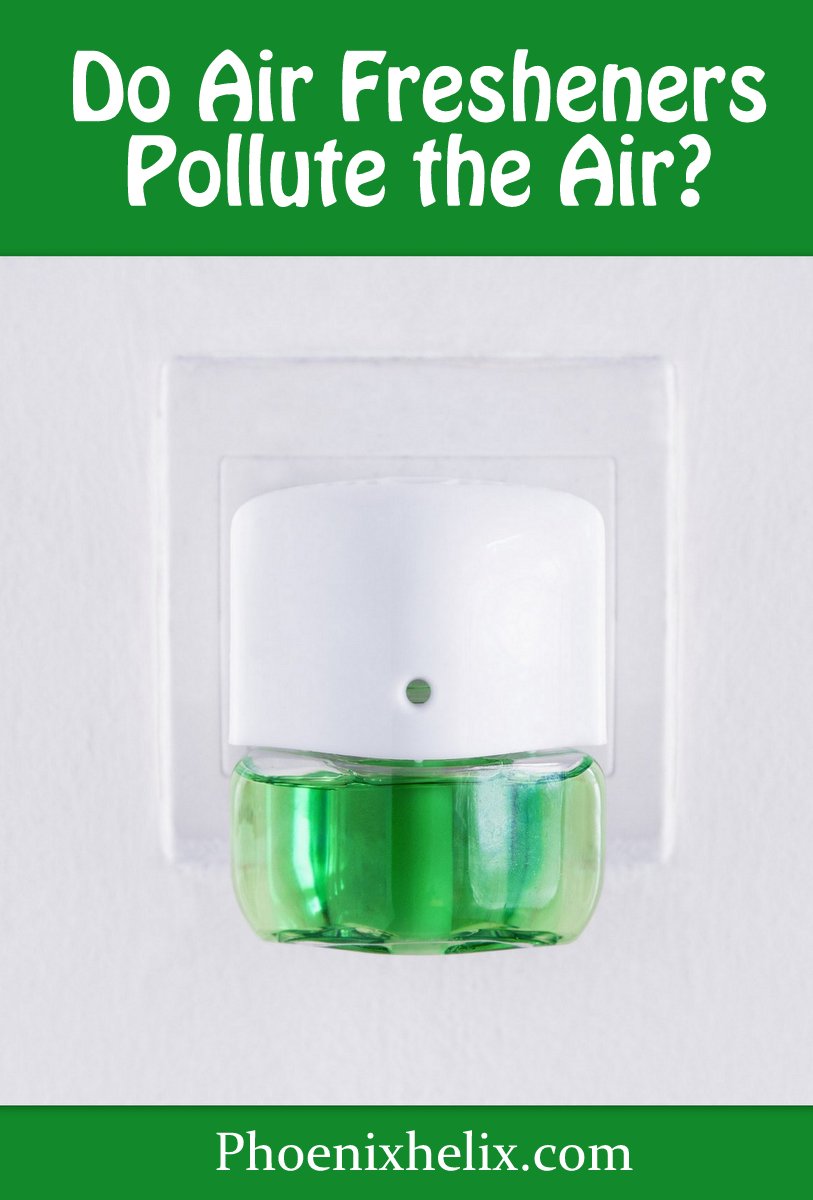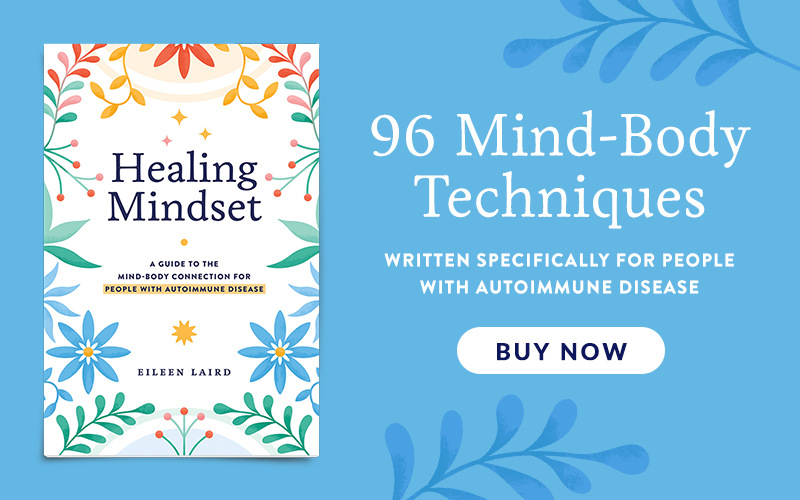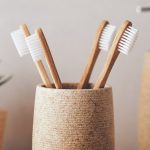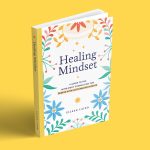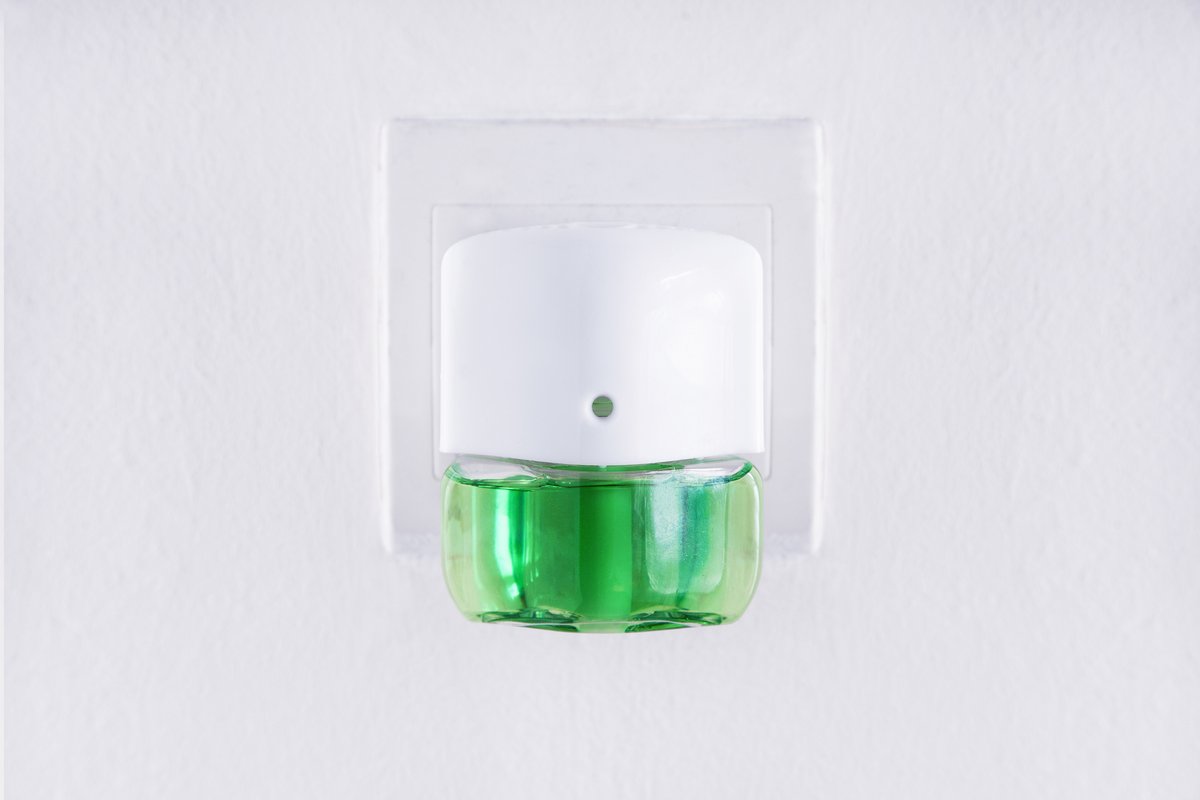
“Breathe in deeply to bring your mind home to your body.”
~ Thich Nhat Hanh
What Is Fragrance?
Fragrance isn’t a single ingredient. It’s a chemical formula that can contain up to 100 different chemicals. Because they’re considered trade secrets, those chemical ingredients are rarely shared with the consumer. Instead the ingredient list will simply say “fragrance” which sounds benign. The International Fragrance Association published a list of chemicals included in fragrance formulas, and there are thousands of chemicals on that list. Many of these chemicals are known to be toxic and connected to negative health consequences. There is no government authority that regulates fragrance ingredients.
How Do Air Fresheners Work?
There are many different types of air fresheners, including sprays, gels, beads, hanging disks, plug-ins, diffusers, and scented candles. It’s a multi-billion dollar industry, and 80% of homes in the United States use them. They’re also used in public spaces: schools, healthcare settings, workplaces, stores, public transportation, etc.
In spite of their name, they don’t actually freshen or clean the air. Instead, they’re designed to fill a room with fragrance that covers up any unpleasant odors that may be there. There’s a foundational problem with this. The source of any negative odor isn’t being addressed. And extra chemicals are being added on top, increasing the level of indoor air pollution. Research shows that indoor air is often more polluted than outdoor air. Air fresheners are one reason why.
What Are the Potential Harmful Effects?
- Headaches (including migraines)
- Hormone disruption (including thyroid hormones, reproductive hormones, and growth hormones)
- Respiratory issues (including asthma)
- Developmental issues in children (both neurological and reproductive)
- Eye/nose/throat irritation (including chronic sinus infections)
- Neurological symptoms (including cognitive impairment)
- Disruption of the immune system
- Gastrointestinal symptoms
- Cardiovascular symptoms
- Allergic reactions
- Skin reactions
- Fatigue and Dizziness
- Cancer
Air fresheners are popular because they’ve been marketed as a way to fill our environment with pleasing scents. The negative consequences aren’t advertised. Given their high use throughout society, it’s a public health concern.
What Are Common Chemicals in Air Fresheners?
Since there are thousands of chemicals that may be included, I can’t list them all, but here are some common ones identified in the research.
All types of air fresheners release volatile organic compounds (VOCs) into the air. VOCs can cause headaches, eye/nose/throat irritation, fatigue, dizziness, gastrointestinal symptoms, skin reactions, cognitive impairment, and some have been linked to cancer. Researchers have tested top-selling air fresheners and found they emit an average of 15 VOCs per product, including at least one classified as toxic or hazardous.
Phthalates are a class of chemicals which make scents stronger and last longer, so they’re popular in air fresheners. It’s one of the reasons scents linger in a room long after the air freshener has been sprayed. Phthalates can disrupt hormone function, respiratory function, and immune system function. They also have neurological effects that can interfere with brain development in children. Some phthalates have been linked to cancer.
Limonene is a citrus scent commonly used in air fresheners. While not hazardous on its own, it combines with ozone in the air to form formaldehyde, which is a known carcinogen (capable of causing cancer).
Other carcinogens that may be present in air fresheners include acetaldehyde (which releases a fruity fragrance), benzene (chosen for its floral scent), and styrene (sweet scent).
Some companies have taken a transparency pledge and do share their air freshener ingredient list on their website (but not on their packaging). This is low-risk for them to do, because the package only lists “fragrance” and very few consumers will research the full ingredient list. They would shocked if they did, because they would find a very long list of unrecognizable chemical names. Here are two examples: Glade Plugin Hawaiian Breeze and Febreze Spray Hawaiian Aloha.
What Is Fragrance Sensitivity?
Many people with autoimmune disease are sensitive to scents. Autoimmunity puts the body on high alert. Your body is reacting to the chemicals fragrances contain.
In surveys, 30% of people in the United States will say they’re irritated by fragrances, and 19% report adverse health effects from air fresheners. These are the people who are self-aware enough to connect their symptoms to the cause. But given the wide array of health issues that air freshener ingredients can cause, I think many more people are sensitive who don’t realize it. If someone loves scents, they don’t necessarily connect their headaches, brain fog, asthma, allergies, sinus congestion, respiratory problems, hormone imbalances, and other health issues to the air fresheners in their homes and offices.
How Do Toxins Impact Autoimmune Disease?
Toxins are one of the root causes of autoimmune disease and can also exacerbate symptoms. Air fresheners emit toxins into the air we breathe.
There was a fascinating study published in 2021 looking at the connection between air pollution and rheumatoid arthritis (RA). They found a striking correlation. During periods of high air pollution, RA patients had higher levels of inflammation. And following periods of high air pollution, they were more likely to experience autoimmune flares.
Pollution doesn’t just exist outside our homes. It can exist inside our homes as well. So, if you’ve experienced higher autoimmune activity in response to air fresheners, you’re not alone. And if you have air fresheners in your home and never considered they might be negatively impacting your autoimmune health, try removing them and freshening your air in natural ways.
What Is Greenwashing?
If you’re in the air freshener aisle at the store, you’ll notice that some commercial air fresheners will say “natural” or “organic essential oils”. This makes consumers think they are buying a healthier brand. Sadly, this is false advertising. Greenwashing is when a marketing department emphasizes one natural ingredient in their product without disclosing the other chemical ingredients. Remember, there is no law requiring them to list the true ingredients on the label. Many researchers have exposed this type of false labeling by analyzing “green” air fresheners to determine what they actually contain. Here’s a quote from one study: “Emissions of carcinogenic hazardous air pollutants (HAPs) from green fragranced products were not significantly different from regular fragranced products….Of the volatile ingredients emitted, fewer than 3% were disclosed on any product label or material safety data sheet.”
If you like essential oils, buy them in their pure form so you know what you’re getting. However, essential oils aren’t always harmless either. Keep reading for details.
What About Essential Oils?
Some people are sensitive to all scents, natural or otherwise. So, don’t feel you need to fill your home with scent. However, if scents bring you joy, essential oils are one option. They are plant compounds extracted through natural means (distillation or cold pressing). True essential oils have no chemicals added, nor are chemicals used in the extraction. That said, there’s no regulation of this industry either, so there’s a wide variety in quality of what your find on store shelves, and fraudulent products are sold as well.
Avoiding Essential Oil Fraud
- True essential oil should be packaged in small, dark, glass bottles. Essential oils can be damaged by light and heat.
- The label should say 100% essential oil. If it says “essence oil” or “fragrance oil” it’s not a true essential oil.
- The label should include both the common and Latin name of the plant used to make the oil, the parts of the plant used, the source country, how it was extracted, and how it was grown (aka organic, wild-crafted).
- Lastly, look for companies that use third-party testing to verify purity and potency.
- Some brands that meet this criteria are Plant Therapy, Rocky Mountain Oils, and REVIVE.
Potential Benefits of Essential Oils
- In addition to smelling nice, essential oils may offer health benefits, depending on the oil. Some have antimicrobial, anti-inflammatory, and antioxidant properties, among others.
- Some essential oils also have psychological benefits: reducing stress, anxiety, and depression, and also aiding sleep.
- Here’s a research summary.
Potential Harms of Essential Oils
- However, just because something is natural, doesn’t mean it’s harmless. Essential oils release VOCs into the air, just like synthetic fragrances do, and many of those VOCs can be harmful, particularly if you use a diffuser to disperse the scent throughout the room.
- Some people develop headaches in response essential oils. Others have allergic reactions. And essential oils can disrupt hormone function as well.
- If you have health issues and you use essential oils regularly, consider taking a break from them for 30 days and see if your health issues improve. That’s one way to test your own sensitivity. You may also consider using them in smaller doses rather than diffusing them into the air throughout your home.
Henry Rose: a Safer Fragrance Company?
Henry Rose is a new fragrance company that launched in 2019, after a decade researching how to create safer fragrances. They took the list of 3,000 ingredients from The International Fragrance Association and narrowed it down to 300 that were deemed safe by both EWG and Cradle to Cradle. The company was founded by actress, Michelle Pfeiffer, who stopped using fragrances when she learned of their harmful effects, but missed their scents. It’s still a fragrance company, but they’ve gone to great lengths to try to create fragrances that aren’t harmful. If you would like to test their products, they do sell scented candles in addition to perfumes. Note: they are expensive.
Overcoming Extreme Scent Sensitivity
Given the potential health impact of air fresheners and fragrance overall, it’s no surprise that many people experience symptoms and therefore choose to live in a fragrance-free home. However, some people have a truly debilitating response to scents. The slightest exposure causes such extreme symptoms that they begin to fear public places and feel trapped in their homes. If this is you, there is a program called DNRS that has helped many people overcome extreme scent sensitivity. It’s a therapy based on neuroplasticity. This simply means that our brains change and adapt to life experiences, sometimes in positive ways, but other times in negative ones. With chemical sensitivity, symptoms can actually become wired into our brains, even when the triggers for those symptoms are removed. DNRS rewires the brain and body for health, expanding your tolerance and therefore expanding your freedom in navigating the wider world.
How to Truly Freshen Indoor Air
1. Open the windows.
As I mentioned above, indoor air is often more polluted than outdoor air, and that’s true even in industrial cities. Since most people spend 90% of their lives indoors, this is our greatest exposure to air pollution. Letting outside air circulate through your home is one of the easiest ways to clean the air. Just be mindful about when you do it. If there’s obvious pollution outside (smoke, smog, or a neighbor spraying pesticides, wait for a better time to open your windows). Opening windows is easiest to do in warm weather, but even in the winter, just a few minutes of fresh air can make a positive difference. Allergy season is another time you may choose to keep your windows closed.
2. Consider an air purifier if opening windows isn’t feasible for you.
High quality ones with multiple layers of filtration will remove dust, pollen, pet dander, smoke, and odors. They also reduce levels of germs and VOCs.
3. Dust and vacuum your home regularly.
House cleaning is not my favorite activity, but there is a reason behind this recommendation. Chemicals in the air contain particulate matter that collects on floors and surfaces, becoming dust. So, dust is actually a concentrated form of toxins in our homes.
4. Clean your house with fragrance-free products that use minimal ingredients.
This helps limit the number of toxins being released into the air. It’s a marketing myth that we need multiple products to clean our homes. I clean my entire house with a combination of soap, hot water, vinegar, and baking soda. If you want something a little fancier, look for cleaning products that receive top ratings from EWG (Environmental Working Group).
You May Also Be Interested In
Credit: image at top of page purchased from iStock.

